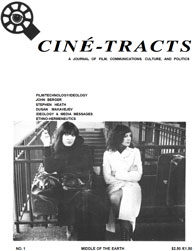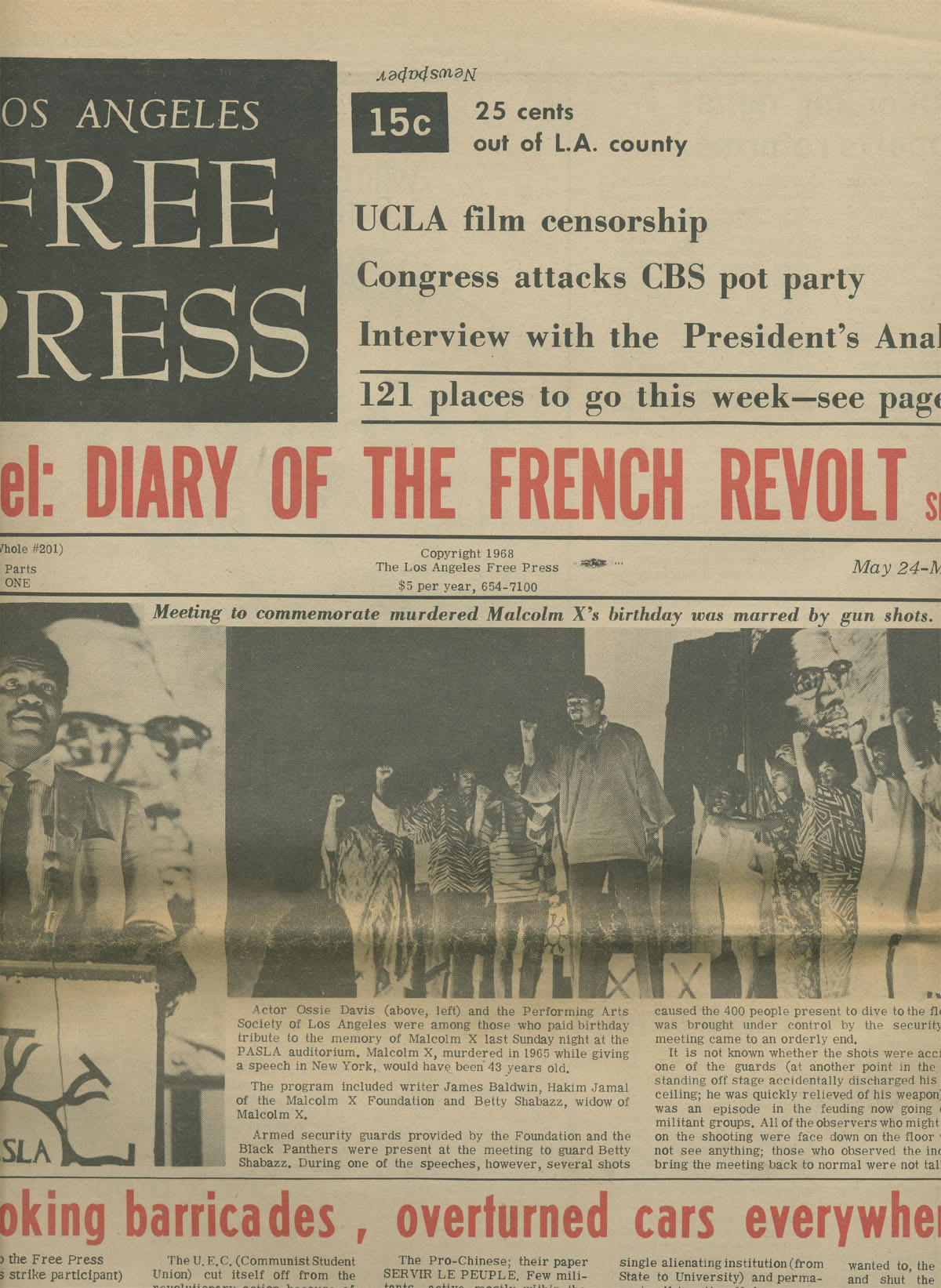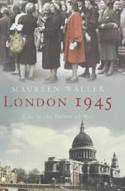Hypochondriac Culture (1)
 Thursday, May 5, 2005 at 2:55AM
Thursday, May 5, 2005 at 2:55AM What happens when the boundaries between the artificial and the natural break down? Jean Baudrillard said the following in his book on Simulation (p. 167) "To simulate is to feign to have what one hasn't." Baudrillard then extends this statement and talks about hypochondria. The hypochondriac generates all of the symptoms of disease while not having it. The result is that the hypochondriac becomes ill . Baudrillard goes on to say: "Psychology and medicine stop at this point, before a thereafter undiscoverable truth of the illness. For if any symptom can be 'produced', and can no longer be accepted as a fact of nature, then every illness may be considered as simulatable and simulated, and medicine loses its meaning since it only knows how to treat 'true' illnesses by their objective causes." (Sim 168) This artificially induced disease cannot be treated because it has no apparent cause.
The challenge of this metaphor is a profound one. What happens when the hypochondriac loses control of their simulated disease? Baudrillard suggests that the threat posed by the counterfeit, by reproduction, by any simulation process (Sim 182) is that it may take on a life of its own. Suddenly, control can be lost.
In a hypochondriac culture any number of claims can be made about reality. It matters little if those claims are true or not. What then happens is akin to what happens with disease. The claims take on a life of their own and it becomes very difficult to trace the origins of the claims.




